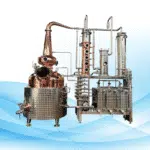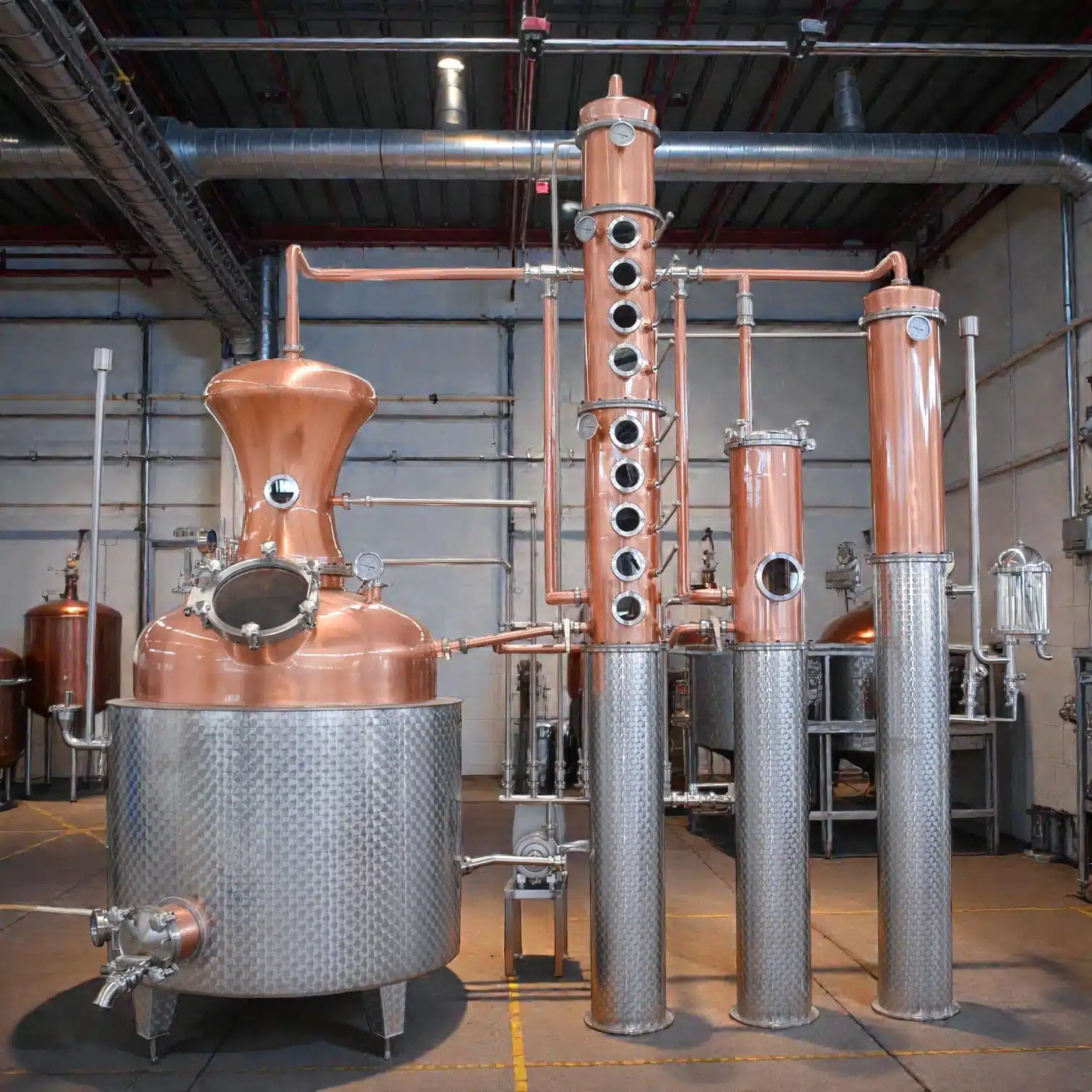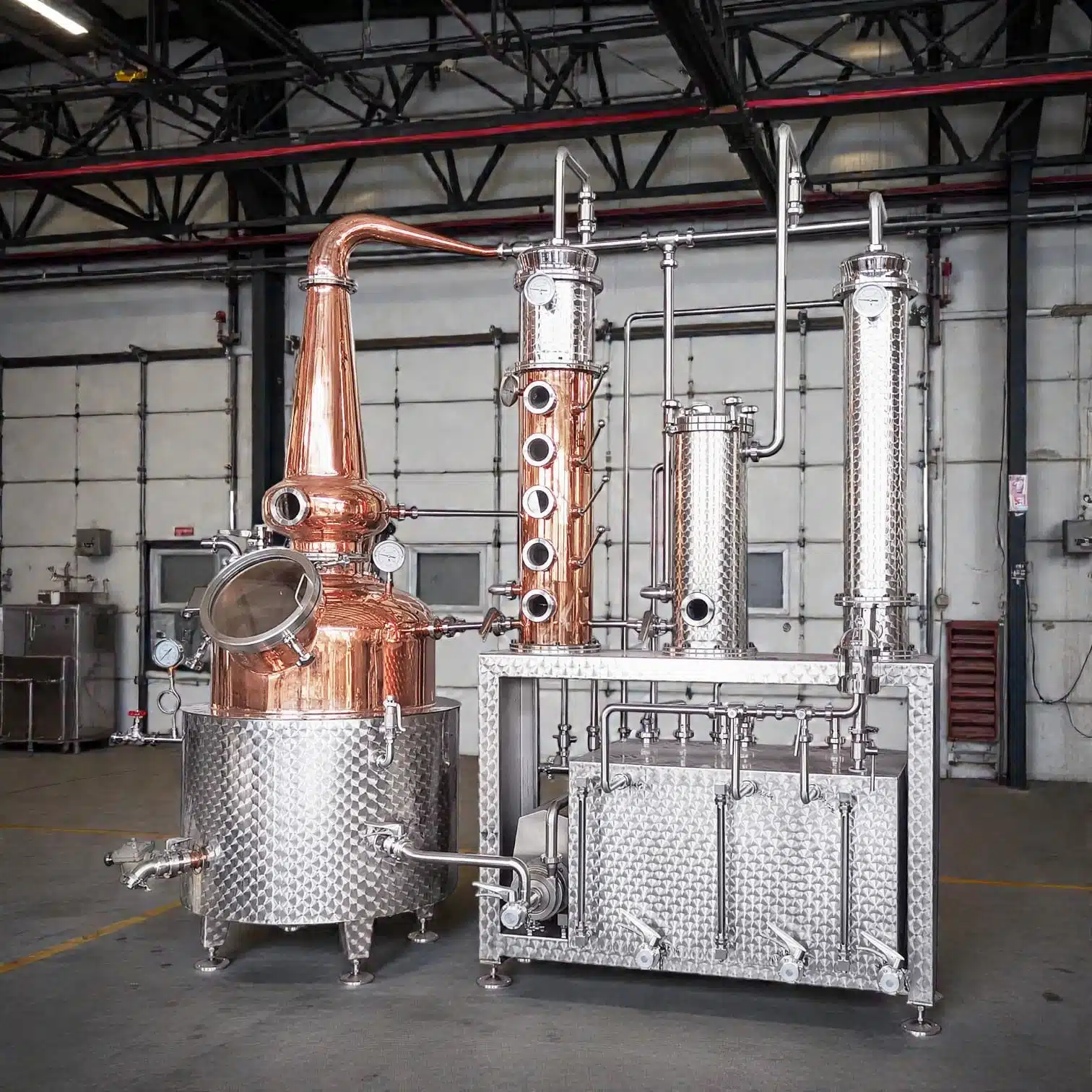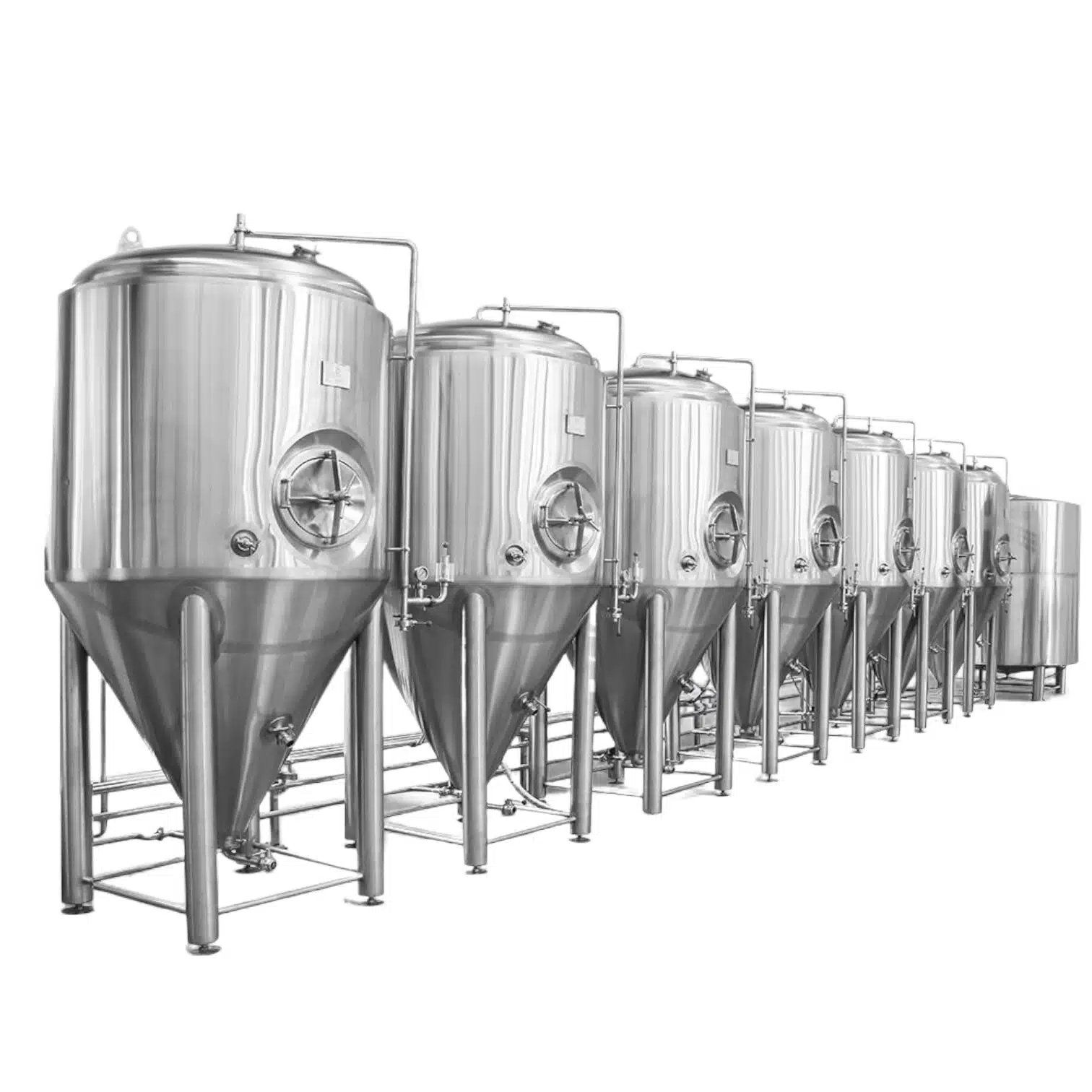Fermentation is a natural process big in food and drink. It happens when tiny organisms, like yeast and bacteria, change sugar into alcohol, other acids, or gas. For thousands of years, people have relied on this natural magic to keep food and drinks fresh and tasty. Two main kinds of fermentation steal the spotlight: alcoholic fermentation and lactic acid fermentation. Knowing how they work can make sense of so many things we eat and drink every day. This guide will walk you through both processes, show you where we find them, and point out the cool benefits they bring so our meals and drinks can have extra flavor and shelf life.
What Is Alcoholic Fermentation?

Alcoholic fermentation is a type of fermentation where microorganisms like yeast convert sugars (usually glucose) into ethanol (alcohol) and carbon dioxide. This process is key to producing alcoholic beverages like beer, wine, and spirits, as well as in baking bread.
The Process of Alcoholic Fermentation
Alcoholic fermentation happens mainly thanks to yeast cells like Saccharomyces cerevisiae. Inside a sealed, oxygen-free space, those tiny microorganisms change glucose—a simple sugar—into ethanol, or drinking alcohol, and carbon dioxide gas. The chemical shorthand for the whole reaction looks like this:
C6H12O6 ⟶ 2 C2H5OH + 2 CO2
Put another way, glucose is split into two parts: ethanol and bubbles of carbon dioxide. Because this breakdown happens without oxygen, scientists call it an anaerobic process. People spot alcoholic fermentation in everyday life wherever alcoholic drinks are made—beer, wine, and stronger spirits—and even in baking.
Applications of Alcoholic Fermentation
Fermentation does lots of useful jobs, such as:
- Brewing: In the brewery, yeast turns malt sugars into the alcohol and bubbles that we love in beer; the same basic trick makes wine too.
- Baking: When making bread, yeast eats the sugars in the dough and releases carbon dioxide, the gas that makes the loaf puff up while it bakes.
- Spirit Production: Distilled drinks such as whiskey, vodka, and rum start with a fermentation step before the spirit is actually distilled. By knowing how fermentation works, food scientists and producers can tighten up the whole process, helping with quality checks, steady results, and better flavor.
What Is Lactic Acid Fermentation?
Lactic acid fermentation happens when specific bacteria—like Lactobacillus—turn sugar into lactic acid without oxygen around. Unlike alcoholic fermentation that makes ethanol, this one makes lactic acid. The general equation for lactic acid fermentation is:
C6H12O6 ⟶ 2 C3H6O3
In the end, lactic acid and a bit of energy keep the bacteria alive. That same process is behind many dairy items and pickled veggies.
The Process of Lactic Acid Fermentation
Lactic acid fermentation happens when specific bacteria—like Lactobacillus—convert glucose into lactic acid in an anaerobic environment. The main difference from alcoholic fermentation is the end product: while alcoholic fermentation produces ethanol (alcohol), lactic acid fermentation produces lactic acid, giving many dairy products and pickled foods their tangy flavor.
Applications of Lactic Acid Fermentation
Lactic acid fermentation plays a key role in:
- Dairy Products: It turns milk into yogurt, kefir, and cheese. The journey from fresh milk to yogurt or cheese depends on active Lactobacillus bacteria doing their fermentation job right.
- Fermented Vegetables: Think of crunchy jars of sauerkraut, spicy bowls of kimchi, or tangy pickles on the picnic table. All are made by letting friendly bacteria work their magic through lactic acid fermentation. They take plain veggies and turn them into zesty snacks while keeping them safe to eat.
- Probiotic Products: That same lactic acid bacteria also help make probiotic drinks and pills you see in stores. People say these good bugs can keep digestion running smoothly, keep bloating away, and even boost mood.
Lowering the pH keeps nasty germs out, so lactic acid fermentation is a handy trick for food growers and home cooks alike.
Comparing Alcoholic and Lactic Acid Fermentation
Even though alcoholic and lactic acid fermentation both happen without oxygen, the end results, creatures doing the work, and their uses are quite different.
Key Differences
- End Products:
- Alcoholic Fermentation: Yeasts make ethanol (that’s alcohol) and bubbles of carbon dioxide.
- Lactic Acid Fermentation: Bacteria leave behind tangy lactic acid.
- Microorganisms Involved:
- Alcoholic Fermentation: Saccharomyces cerevisiae yeast is the star performer.
- Lactic Acid Fermentation: Lactobacillus and its fellow bacteria take center stage.
- Applications:
- Alcoholic Fermentation: It’s the backbone for beer, wine, bread, and spirits.
- Lactic Acid Fermentation: Dairy treats like yogurt, veggie ferments, and gut-healthy probiotics rely on it.
Similarities
- Near-empty oxygen levels trigger both fermentation types.
- Each process gives energy to the microbes so they can keep growing.
- Both methods help food last longer and taste better by adding unique flavors, creamy textures, and extra nutrients.
Benefits of Fermentation
Fermentation does a lot more than just make food taste interesting or keep it from spoiling. Here are a few cool health perks you might notice when you add fermented foods to your diet:
- Better Digestion: Because the friendly microbes in fermented foods break down sugars and proteins, your stomach has an easier time processing them.
- Easier Nutrient Absorption: Fermentation can unlock more vitamins and minerals, so your body grabs onto them more efficiently.
- Probiotic Boost: Foods like yogurt, kefir, and kimchi are loaded with good bacteria that help keep your gut happy and your immune system strong.
- Natural Preservation: Instead of reaching for artificial additives, fermentation uses salt, culture, and time to keep food fresh for weeks or even months.
















